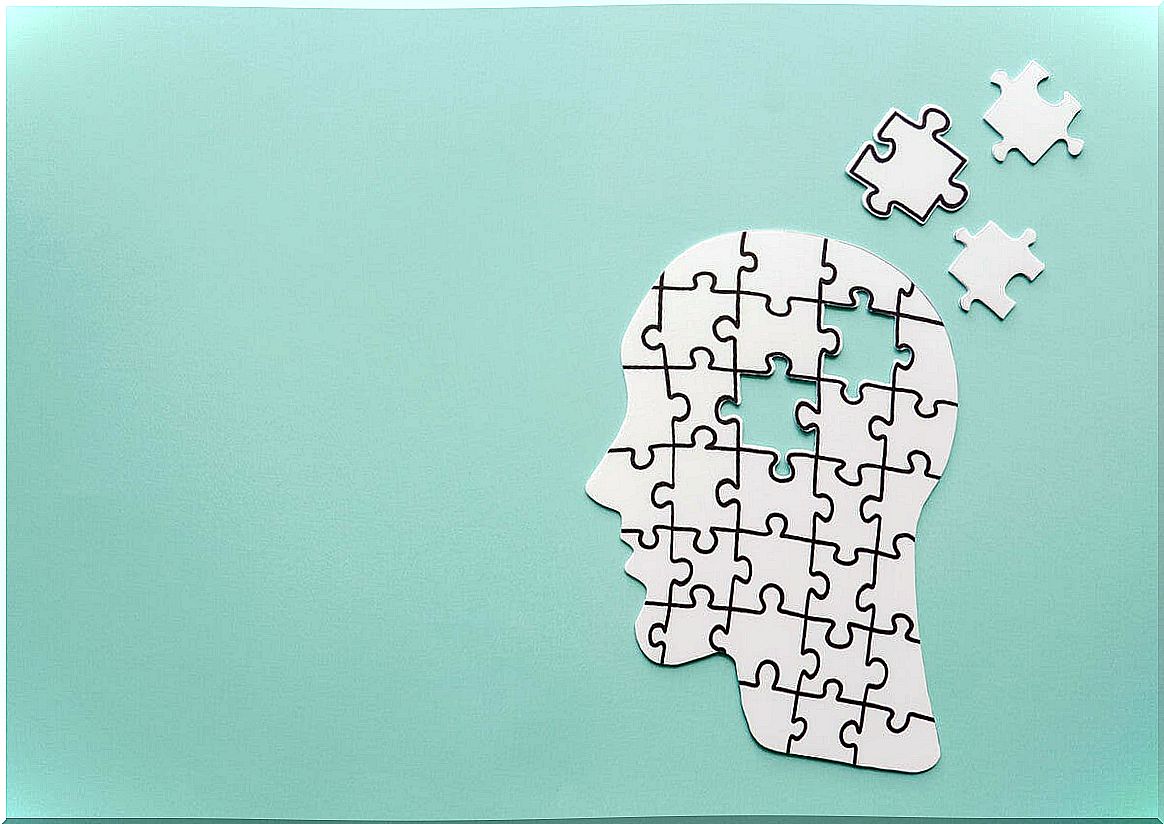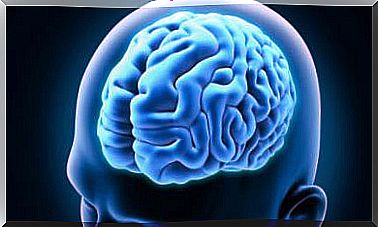9 Differences Between Alzheimer’s And Frontotemporal Dementia

Talking about dementia can lead to some confusion. How many types of dementia are there? How are they different from each other? The reality is that there are many types of dementia, but here we have focused on two: Alzheimer’s (specifically, Alzheimer’s disease) and frontotemporal dementia. So, what differences between Alzheimer’s and frontotemporal dementia do we find?
We share here 9 of them in relation to different variables: age of onset, altered cognitive functions, changes in personality, location of the lesions, etc. That is, very focused on symptoms, but also on other domains.
Differences between Alzheimer’s and frontotemporal dementia
What differences between Alzheimer’s and frontotemporal dementia do we find? Following Ramos et al. (2008), we would find the following.

Age of onset
The first of the differences between Alzheimer’s and frontotemporal dementia has to do with the age of onset of each pathology. Thus, while Alzheimer’s disease usually appears after the age of 65 (and its prevalence increases with age), in the case of frontotemporal dementia, it appears between the ages of 40 and 70, that is, much earlier.
Furthermore, the prevalence of frontotemporal dementia does not increase with age, as it does in Alzheimer’s.
Types and location of lesions
There are also differences in the location of the lesions. Thus, in Alzheimer’s disease, these appear on the inside of the temporal lobe, especially in the hippocampus, from where they spread to the entire temporal, parietal and frontal lobe. In the case of frontotemporal dementia and, as the name suggests, the lesions appear in the frontal and temporal lobes.
In Alzheimer’s we find a loss of neurons and synapses, in addition to the presence of tau proteins (neurofibrillary tangles) and amyloid proteins (neuritic plaques).
In frontotemporal dementia there is also a loss of neurons and synapses, in addition to the appearance of tau proteins. However, other elements appear that we do not identify in Alzheimer’s: bulging neurons and, sometimes, Pick’s bodies as well. Finally, the amyloid proteins and neuritic plaques typical of Alzheimer’s do not appear in FTD.
Symptoms
Another difference between Alzheimer’s and frontotemporal dementia has to do with the symptoms. Let’s start with Alzheimer’s. What symptoms appear in the most common picture?
- It begins with a loss of memory and the ability to learn new information.
- There is a loss of orientation with respect to time and place.
- Language difficulties appear .
- A personality change occurs in the patient, and conduct disorders also appear.
- Hallucinations (typically auditory) and delusions may appear.
In contrast, in the case of frontotemporal dementia, the symptoms may vary somewhat. They stand out from them:
- Memory is preserved in the beginning, unlike what happens in Alzheimer’s.
- Personality disorders (as in Alzheimer’s).
- Presence of abnormal behaviors.
- The patient may manifest apathy or hyperactivity, as well as repetitive actions.
- There is a loss of affection towards others.
- There is an emotional impoverishment, as well as indifference towards the environment.
- Language difficulties appear, as in Alzheimer’s.
Early symptoms
In Alzheimer’s, the first symptoms to appear (that is, early) are memory disturbances and disorientation. In contrast, in frontotemporal dementia, the first symptoms are an alteration in personality and a “frontal” (that is, uninhibited) behavior.
Insight
The insight is a cognitive phenomenon involving ” realize “. This term is used in clinical therapy to refer to the patient’s ability to be aware of what is happening to him. In psychotherapy, according to Seguí (2015), insight is used to carry out different interventions.
In people with Alzheimer’s, insight is usually very poor or defective (although it is preserved in the early stages of the disease). In contrast, in people with frontotemporal dementia, it is completely lost.
Memory
In memory we find another of the differences between Alzheimer’s and frontotemporal dementia. In the case of people with Alzheimer’s, they suffer from frank amnesia that does not improve with clues or clues. In addition, memory appears affected already in the first stages (in the first symptoms of the disease).
In contrast, in frontotemporal dementia, memory impairment is less ; Slight disorders associated with this cognitive domain appear that can also be improved with clues or clues (something that does not happen in Alzheimer’s).
Visuospatial functions
Continuing with cognitive abilities, visuospatial functions are very affected in the case of Alzheimer’s. However, in frontotemporal dementias these types of functions are preserved.
Let us remember that visuospatial functions (or abilities) are those that allow us to represent, analyze and manipulate objects mentally.

Language and motor functions
Another difference between Alzheimer’s and frontotemporal dementia has to do with language. What appears in the language of the person with Alzheimer’s? Three clear alterations: anomia, circumlocution and aphasia. In the case of frontotemporal dementia, stereotyped language, echolalia, and mutism appear. As we can see, these are well differentiated alterations.
Motor functions are also altered in both pathologies. In Alzheimer’s disease, the patient suffers from apraxias (inability to perform the intended and learned motor tasks), while in the patient with frontotemporal dementia there is perseverance in these functions.
Neurological signs
Finally, regarding the neurological signs of each disease, in Alzheimer’s, myoclonus (spasms of a muscle group) and seizures appear. On the other hand, in frontotemporal dementia, urinary incontinence and involutive reflexes appear (primitive reflexes present in the neonate that disappear with maturation and that, however, reappear due to dementia).
We have talked about 9 differences between Alzheimer’s and frontotemporal dementia, although there may be some more. Undoubtedly, these are the most notable and the ones that will allow us to make a good differential diagnosis.
As we have been able to appreciate, these are two diverse pathologies that share some points or characteristics (for example, alterations or changes in personality, alterations in language and other cognitive functions, etc.).









